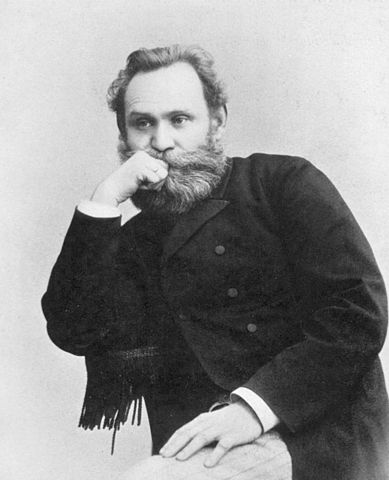Classical vs Operant Conditioning
Classical and Operant conditioning are both forms of associative learning, which involve understanding that two events occur together. They both have their roots in Behavioral Psychology, a school of psychology focused on the observable external behavior of individuals. This branch rejected the idea of studying internal mental processes scientifically since they could not be observed. Classical conditioning and operant conditioning are two of the greatest contributions to psychology, explaining different dimensions of learning. This article will explore the differences between classical and operant conditioning and provide a better understanding of each theory.
What is Classical Conditioning?
Ivan Pavlov introduced the theory of Classical conditioning, which is a type of learning that explains how some learning can be involuntary, emotional, and physiological responses. Pavlov was working on another research project when he noticed that the dog he was using for the experiment would begin to salivate, not only when given food but even upon hearing Pavlov’s footsteps. This observation led him to study the concept of learning further, using a dog and meat powder in a series of experiments to demonstrate that neutral stimuli can be turned into conditioned stimuli, producing a conditioned response. Examples of classical conditioning in everyday life include feeling worried and anxious upon hearing a partner say “we need to talk,” or the sound of a school bell or fire alarm. It is also used in therapies such as aversive therapy for alcoholics and flooding and systematic desensitization for phobias.
What is Operant Conditioning?
American psychologist B. F. Skinner developed Operant conditioning, which focuses on conditioning voluntary, controllable behavior, as opposed to the automatic physiological responses in classical conditioning. In operant conditioning, organisms associate actions with consequences. Actions that are reinforced become strengthened, while actions that are punished become weakened. Skinner introduced two types of reinforcements: Positive reinforcement and Negative reinforcement. Positive reinforcement involves presenting pleasant stimuli to increase behavior, while Negative reinforcement involves the absence of unpleasant stimuli. Skinner also spoke of two types of punishments, Positive punishment and Negative punishment, which both decrease a particular behavior. Positive punishment involves adding something unpleasant, like paying a fine, while Negative punishment involves removing something pleasant, such as limiting leisure activities.
Key Takeaways
- Classical conditioning, developed by Ivan Pavlov, involves learning involuntary, emotional, and physiological responses, while Operant conditioning, developed by B.F. Skinner, focuses on conditioning voluntary, controllable behavior.
- In classical conditioning, neutral stimuli can be turned into conditioned stimuli, producing a conditioned response, whereas in operant conditioning, organisms associate actions with consequences, with reinforced actions becoming stronger and punished actions becoming weaker.
- The response in classical conditioning is automatic and involuntary, while in operant conditioning, the response is voluntary.
